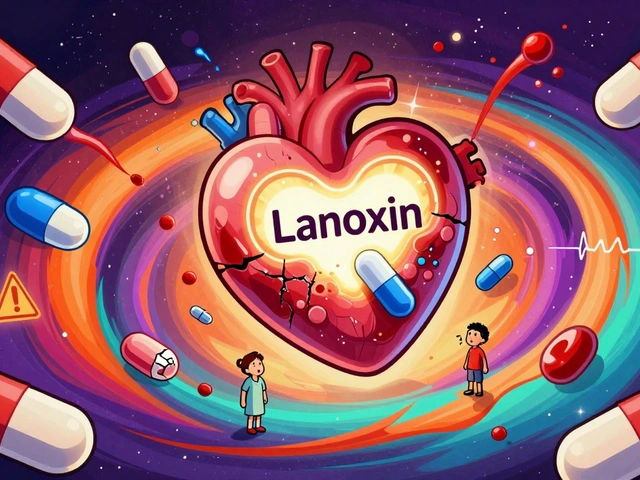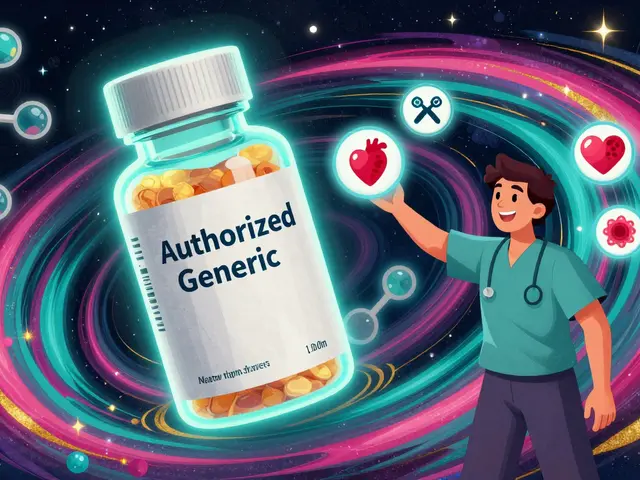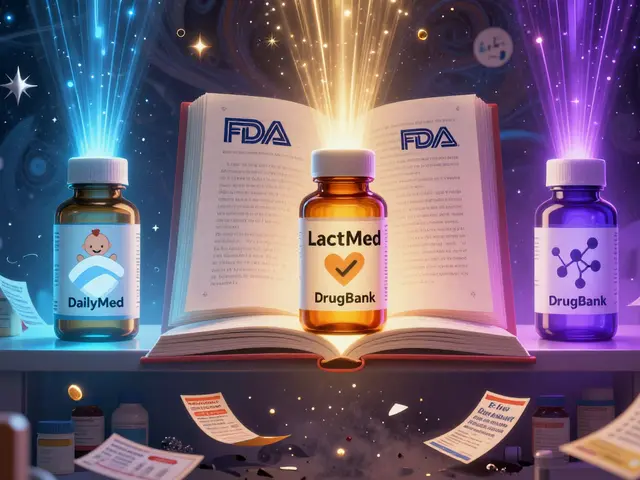Side effect guide: how to spot and manage medication side effects
Side effects are the reason many people stop a medicine or call their doctor. Some are mild — a bit of nausea or drowsiness — and some need urgent care, like difficulty breathing or a sudden rash. Knowing how to spot real side effects and what to do next keeps you safer and helps your treatment work better.
How to tell if a symptom is a side effect
Timing matters. If a new symptom starts soon after you begin a drug or after a dose change, it could be a side effect. Common early signs include upset stomach, headache, dizziness, sleep changes, and mild rashes. Serious red flags include chest pain, high fever, swelling of the face or throat, fainting, or signs of liver trouble (yellow skin or dark urine). If you see a red flag, get medical help right away.
Look for patterns. Does the symptom appear after the pill, go away between doses, or improve when you miss a dose? That pattern points to the medicine. Also check interactions: combining drugs, supplements, or alcohol can create new side effects. For example, statins like simvastatin can cause muscle aches; antacids and PPIs like Nexium change absorption of some drugs; and sedatives like diazepam increase drowsiness when mixed with alcohol or opioids.
Practical steps to reduce risk and manage side effects
Start with the simple fixes. Take meds exactly as prescribed — with food or on an empty stomach as directed. Keep a short list of everything you take (prescription, OTC, vitamins) and show it to your doctor or pharmacist. Ask about common side effects for your specific drug and what to expect in the first days or weeks.
If a side effect is mild, your doctor might lower the dose, switch drugs, or suggest ways to ease symptoms (take with food for nausea, try plain water for dry mouth, or adjust timing to reduce sleep problems). For antibiotics like Bactrim, watch for rash and digestive upset. For diabetes meds like metformin, expect some stomach upset that often gets better over time. For blood pressure or heart drugs, monitor blood pressure and report lightheadedness or fainting.
Never stop a prescribed medicine suddenly unless it’s dangerous to continue. For some drugs — opioids, benzodiazepines, antidepressants — stopping abruptly can cause withdrawal or relapse. Ask your prescriber about a safe taper plan if you need to stop.
Report new or severe side effects. Tell your prescriber and pharmacist, and consider reporting to your country’s drug-safety agency. Keep a brief diary of symptoms, timing, and any other drugs you used — this helps clinicians find the cause faster.
Want more detail? Read our articles on specific medicines like Zocor (simvastatin), Glucophage (metformin), Phenergan, and Biktarvy for drug-specific side-effect tips and real-world advice. If something feels wrong, trust your gut and get help — side effects are manageable when you act early.
Sumatriptan and Nausea: How to Manage This Common Side Effect
In my recent blog post, I discussed the common side effect of nausea when taking Sumatriptan for migraine relief. Many people experience this discomfort, but I've found a few helpful tips to manage it. First, take the medication with food or a full glass of water to reduce stomach irritation. Second, consider using anti-nausea medication alongside Sumatriptan, but always consult with your doctor first. Lastly, practice relaxation techniques such as deep breathing to help alleviate nausea and make the treatment process more comfortable.





